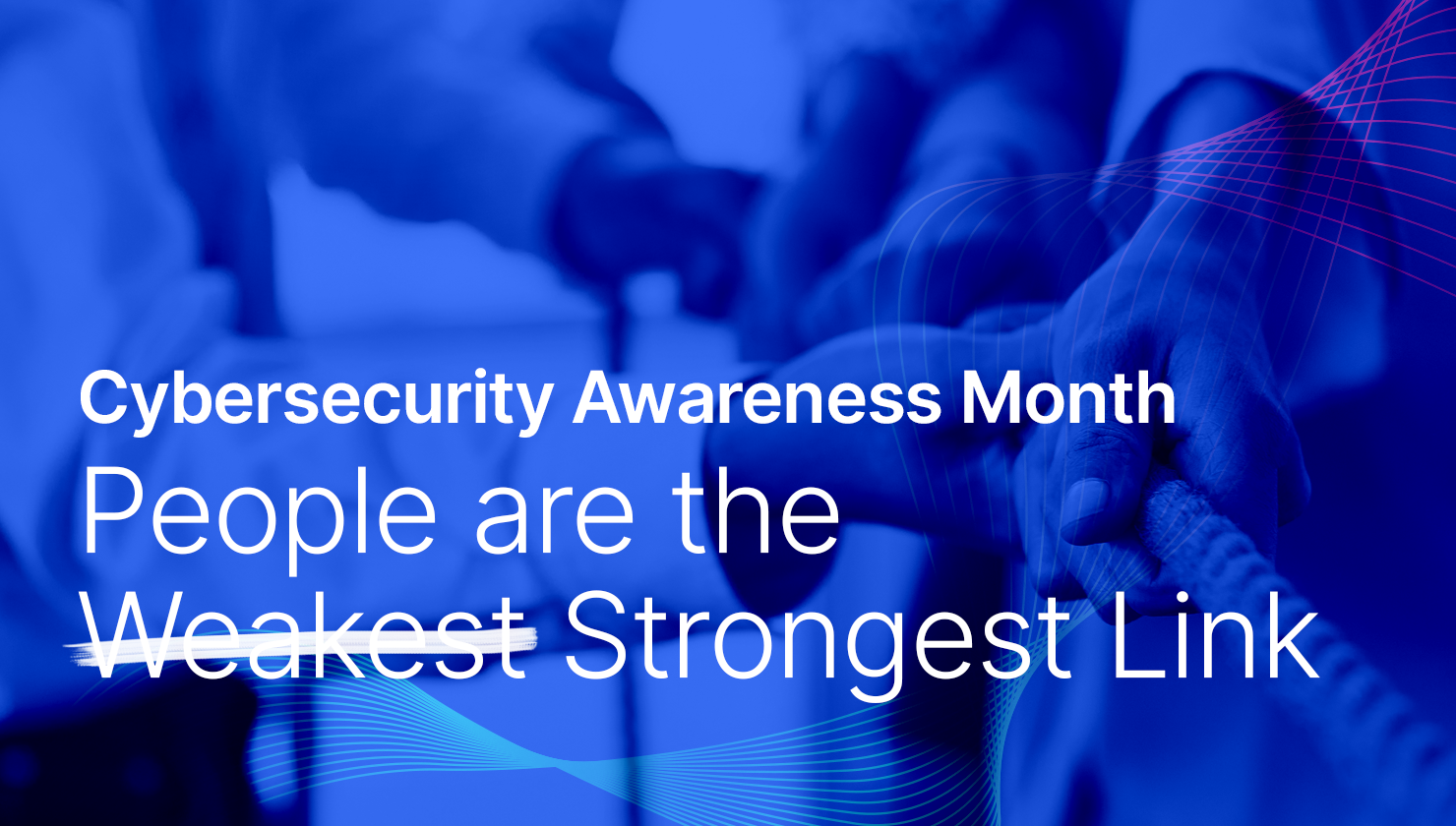
The Cybersecurity and Infrastructure Security Agency (CISA) recently urged organizations to automate their threat testing and implement continuous security validation. This is the first time CISA has issued this direct guidance, and leading businesses are taking the warning and recommendation seriously.
Enterprise security stacks require constant augmentation to keep up with the evolving threat landscape. As the complexity of the IT infrastructure and corresponding software, endpoints, and applications continues to increase the attack surface, the ability to manage security controls and ensure proper configurations becomes increasingly difficult. Misconfigurations lead to a lack of visibility into security control performance, resulting in gaps and vulnerabilities that can be exploited by advanced threat actors.
Security teams need to be able to easily identify security gaps and quickly integrate improvements into their existing technology ecosystems to minimize business risk. Manual assessment and point-in-time testing isn’t enough to ensure ongoing efficacy of the modern security ecosystem. As a result, traditional security stacks will soon be outdated without the automated, continuous validation power of breach and attack simulation (BAS). Continue reading to learn about four must-have security capabilities that a BAS platform will deliver to help keep security stacks up-to-date.
Ongoing Resilience Testing
Organizations need to invest in continuous validation of their security posture, testing all environments and aspects of the network. With a BAS investment, security teams are able to run simulated attack scenarios throughout their environment to test their resilience to adversarial tactics, techniques, and procedures (TTPs), including new and evolving threat groups, malware, and advanced persistent threats (APTs). This way, as new IT infrastructure, applications, endpoints, and more are added to the network, they immediately become part of the platform’s attack surface. This functionality allows security teams to prepare for advanced threats as soon as they appear versus contending with an ever-growing list of unexamined risk potential.
In addition to complete coverage of known attacks, a BAS platform also provides a great level of flexibility. Not every known attack is relevant to an organization’s environment or infrastructure. BAS tools allow security teams to focus on specific attacks and techniques, while simultaneously emphasizing and giving testing priority to the threats and threat groups most relevant to their organization.
Data-Driven Decisions
After an attack simulation is run, a sophisticated BAS solution provides organizations with data to help improve overall security posture. On a scenario-by-scenario basis, details are reported for each individual attack. And even more useful to the overall security and IT stack, aggregated insights are also provided to help organizations visualize their attack surface, identify which network segments are most at risk, and what threat groups are the most dangerous to them.
The testing of an organization’s environment against known attacks provides validation—or lack thereof—to security stakeholders that their stack investments are functioning in the manner in which they expect. This analysis is key to improving protections, but also can be leveraged to make data-driven decisions on future investments in the overall security stack.
Holistic, Prioritized Mitigation
Once an organization digests the analysis provided by the BAS platform, remediation actions may be provided to the security team. This is far more efficient than traditional, manual methods in which security teams address gaps individually. On top of this, threats are then grouped by categories, such as endpoint, web, network, and email, making it more feasible to coordinate team efforts across the infrastructure.
At SafeBreach, we approach remediation recommendations in a holistic manner, aggregating recommendations so security teams may be able to address all aspects of the security program rather than individual efforts. This approach not only concentrates recommendations but also prioritizes mitigation efforts, a key in minimizing risk effectively in the ever-changing threat landscape.
Reporting & ROI
As the complexity of the IT infrastructure continues to threaten the success of enterprise security stacks, a comprehensive, digestible report that provides visibility into an organization’s security posture becomes invaluable. Clear reporting allows security teams and key stakeholders to identify and understand existing gaps, evaluate risk, recognize security drift, and determine security spending wisely.
Breaking down reports in this way is important because it provides security teams, at a glance, with an understanding of the efficacy of existing systems, informs resourcing decisions, and enhances strategic alignment. The SafeBreach platform provides reports that determine an organization’s risk level, map vulnerabilities, and prioritize mitigation actions.
Tomorrow’s Security Stack
BAS will be a critical addition to the future of enterprise security stacks as the complexity of the tools, technologies, and IT infrastructure continue to change an organization’s threat landscape. Investing in a mature BAS platform provides organizations with the potential to gain unparalleled insight into their security posture, enhance the efficiency of security teams, and integrate seamlessly into existing systems to maximize effectiveness.
To see how SafeBreach can keep your security stack from becoming outdated, schedule a demo today.

